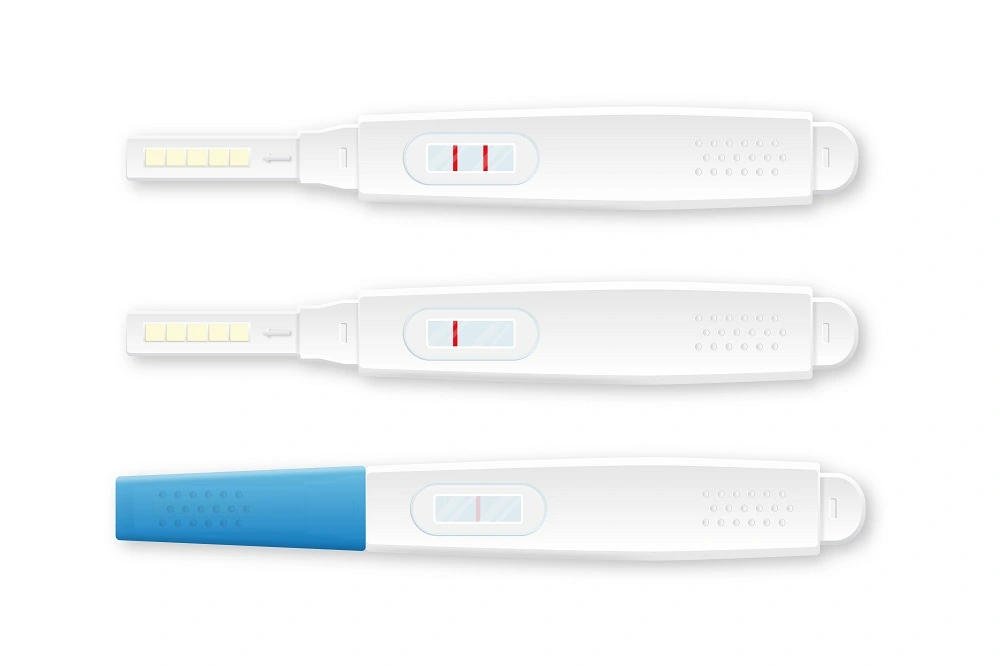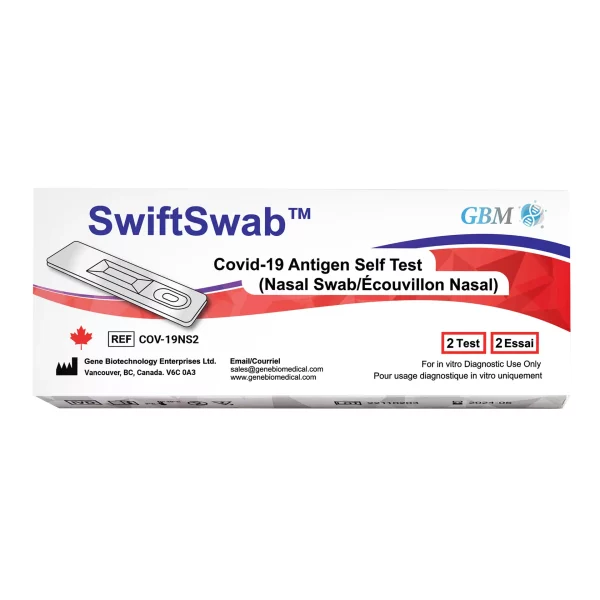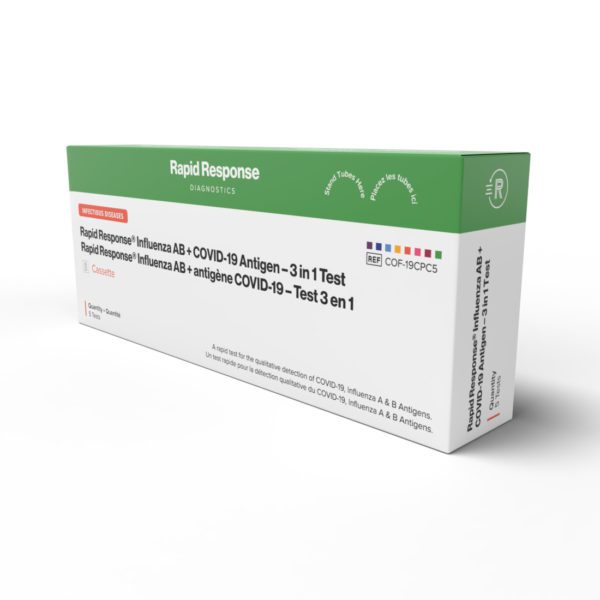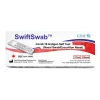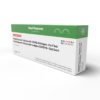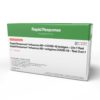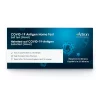Whether you’re eagerly trying to conceive or checking on a potential surprise, home pregnancy tests are a reliable first step in your pregnancy journey.
Here’s how it works.
What is an at-home pregnancy test?
At-home pregnancy tests are a quick and private way to check if you’re pregnant. These are widely available over the counter at pharmacies and are a reliable first step in confirming pregnancy before consulting your healthcare provider.
These tests come in various forms, such as sticks you dip into urine or a device you urinate on directly. The main objective is to detect human chorionic gonadotropin(hCG), a hormone that rapidly increases in the body after implantation of a fertilized egg. This hormone can be detected in urine as early as 10 days after conception, though it’s more commonly detectable after a missed period.
How do I take it?
1.) To use a home pregnancy test, follow these steps to get accurate results:
2.) Each test can have slightly different instructions so read the instructions thoroughly.
3.) Choose a time when you can comfortably and privately take the test.
4.) Collect urine by urinating in a clean and dry container or directly onto the testing stick, depending on the test’s design
5.) Place the test on a flat surface and wait for the recommended amount of time, usually a few minutes. During this waiting period, avoid shaking or moving the test stick. A control window on the test will often show a line or symbol to indicate that the test is working.
6.) Read the result within the time frame suggested in the instructions. A positive result will usually show two lines, a plus sign, or a specific color, but this can vary between tests.
7.) Dispose of the test properly. If you have any doubts about the result, consider taking another test in a few days or consulting a healthcare professional.
When can I take it?
Most tests are designed to be accurate after the first day of a missed period.
However, some tests are sensitive enough to detect hCG levels as early as four or five days before your expected period, which is about 10 days after ovulation.
For the most accurate results, it’s best to wait until after your period is due. This is because yourhCG levels increase rapidly in early pregnancy.
Testing too soon might give you a false negative if the hCG levels are not yet high enough to be detected.
Morning is the ideal time to take the test, as your urine is more concentrated with hCG.

How do at-home pregnancy tests work?
When you take a pregnancy test, the chemicals in the test interact with the hCG in your urine. This hormone is produced by cells in the placenta shortly after the embryo attaches to the uterine lining. If hCG is present, it triggers a chemical reaction that usually displays as a change in color or a line. Digital tests will show a word or symbol.
Limitations of at-home pregnancy tests
While at-home pregnancy tests are convenient and private, they have certain limitations:
- Accuracy. Although most are quite accurate when used correctly, false negatives can occur, especially if taken too early.
- False positives. These are rare but can happen, particularly in the case of certain medications, medical conditions, or if you read the test result after the recommended time. Chemical pregnancies, where a fertilized egg doesn’t implant or develop properly, can also yield a positive result, only for you to find out later that you aren’t pregnant.
- Not a substitute for medical advice. A positive test should be followed up with a healthcare provider for confirmation and prenatal care guidance.
- User error. Misreading the instructions, not using the test at the right time of day or interpreting the results incorrectly can lead to misleading outcomes.
- Variability in sensitivity. Different tests have varying levels of sensitivity in detecting hCG, which can affect how accurately they can detect pregnancy.
Key takeaway
Home pregnancy tests are quick and easy to use to detect if you’re pregnant or not. While most tests are highly accurate, be aware of their limitations and follow up with your healthcare provider for confirmation and subsequent prenatal care.
